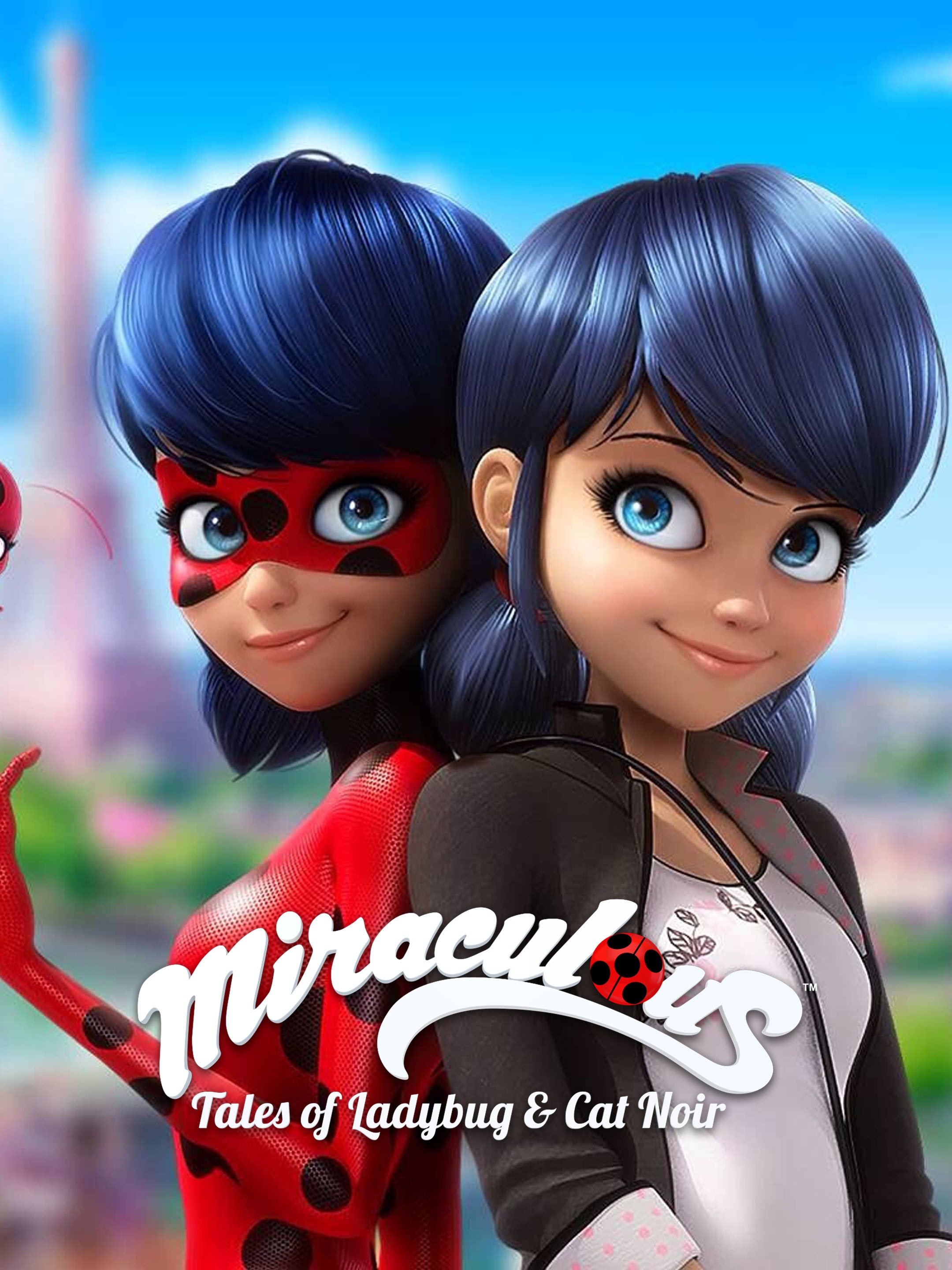Home » Posts tagged 'Subtitles'
Tag Archives: Subtitles
Train to Busan: A South Korean Horror Film
SPOILERS WARNING: If you would like to watch Train to Busan before continuing to read this blog, follow the link HERE to watch on Youtube for free with ads. It is in Korean with English subtitles.


Train to Busan is a South Korean zombie horror film where the main protagonist Seok-woo, portrayed by actor Gong Yoo, is trying to reclaim the trust of his daughter while trying to lead her and survivors to safety during a virus outbreak. The title stems from the fact that Seok-woo and his daughter Su-an are taking a train to the city of Busan for Su-an’s birthday to go see her mother. Those infected with the virus have overrun many major cities and conveniently, the only city that has not been shut down by the military or overrun by zombies is Busan. Throughout their journey, each train and train car they enter continues to get overrun by the infected. They have to continuously fight their way through the trains, losing many survivors along the way and trying to survive until they reach Busan. It is a very intriguing film compared to many American zombie and/or horror films due to its unique conflict and its creative takes in regards to filming. I do not typically watch shows or movies that are not in English, not for any particular reason, it just never occurred to me. Therefore, I will be using Train to Busan and compare and contrast its story, character’s personalities and values, and cultural aspects to that of American films.

As mentioned, this movie takes place is Seoul, South Korea with their final destination being Busan. The map above shows more or less what the route they would have taken looks like when taking the KTX train. They even consider other cities on this map such as Daejeon as possible safe places. The route to Busan is approximately 2 hours and 15 minutes long, and the movie itself is almost two hours long. Unlike many American movies I have seen, especially American horror movies, these types of situations typically occur over the course of days. Gradual outbreaks. For the creators of this film to have the main conflict unfold over the course of only a few hours and having the film be about the length of the normal train ride to Busan, it really adds to the urgency and stressful atmosphere created in the film. That said, while the main setting of this film does take place within a train, they do make stops in train stations and pass through major cities along the way where every time they are surprised by the lack of people and then attacked by masses of the undead. This tells us not only how densely populated these cities are, but also how frequently train is used to travel from one city to the next. In each train they enter, or rather try to enter, they are bombarded by dozens of zombies in each train car and in the beginning of the film when they first get on the train before the outbreak occurs, the train was already packed with passengers and there were others waiting to get on. In America, while trains are available for travel, it is not a common form of travel and our railroad network is mainly used for freight trains. The New York City subway is definitely more likely to be packed similarly to this rather than a regular train even in a densely populated city.
Security is lacking on these trains. In the beginning of the film we see two people sneak onto the train. One is a girl who was just infected and the other is a homeless man. The girl was able to jump on quickly when the train conductor turned around. The homeless man was hiding in the bathroom which the young daughter Su-an comes to see. No one tells her to return to her seat for her safety. She also continues to move through each train car with no supervision. However, I am going to assume this is to push along the plot of the movie and have us further understand just how careless and absent her father is and that this lack of safety is not actually practiced.

The social dynamics and values present in the film are actually not so different from what can be seen in America. The main character, Seok-woo, is a father who works an office job as a funds manager. He just recently separated from his wife and they are splitting time with their daughter Su-an. However, Seok-woo is rather absent in his daughter’s life due to how demanding his job is and that is introduced through the fact that he is unfamiliar with his daughter and her interests and him missing her school events. His mother who lives with him even gives input to the situation, saying that he should focus less on his working and focus more on fixing his marriage for his daughter’s sake. The depiction of these struggling nuclear families are very common in American television as well considering it is something that many who watch can relate to. We see this in popular television such as The Walking Dead, a zombie horror series where Rick Grimes, father of Carl and husband to Lori, is attempting to rekindle the spark with his wife and protect his family and others during a zombie apocalypse. His relationship to his family often suffered due to his work as a sheriff’s deputy. Both Rick Grimes and Seok-woo are faced with the reality of their situations and completely turn around and become strong and better men in order to protect their families, even if it puts their own lives at risk. They become characters that we cheer for because of their determination and courage to protect their families, as many of us would hope we would be able to do in times of crisis.
Throughout the film, women and children are made a priority to get to safety. Besides the young girl Su-an, there is also a teenage girl, a pregnant women, and two older women who are sisters. Throughout each seen, all of these women are shown a lot of care and respect. They are offered seats on the trains and Su-an even offers her seat to one of the older women. Both the older and pregnant woman offer Su-an a hard boiled egg and a Korean snack. When the survivors are being attacked, the women and children are made a priority. The men are either in front of them leading the way or left behind to fight off the undead and push the women and children forward. Of course there were selfish people throughout the film, but that is to be expected in any case. This is a social value that is shared in America as well. Women, children, and the elderly are often made a priority and we see this especially in films. However, I will say, especially in the present day, we are seeing women take on more traditionally male roles in films. Referring back to The Walking Dead, we see a character named Andrea demand to help the men protect the farm they are staying at and be taught how to use guns while the other women worked on providing stability with cooking and cleaning. As the series continued, the women began to take on leadership roles in their newfound communities. I am curious of any of the other movies in the Train to Busan series have women take on more leadership roles. The only time where we really see a woman take charge in the film is right at the end where it is just Seok-woo, Su-an, the pregnant woman and a zombie and the woman pulls the zombie off of Seok-woo in an attempt to help.
As we see in this film and in many others from other cultures where chaos insus, initially everyone is concerned about their own safety. Everyone is watching the news on the television screen on the train or looking at news outlets on their phone, and while the media is telling them not to panic, they are living in fear of what is to come and the images and videos being played are scaring them more. Many of them begin to panic and turn on each other or only lookout for themselves. Even our main protagonists have moments where they are not worried about anyone else. However, many people turn around as the number of survivors dwindle and they begin to work together in this time of crisis. It is not uncommon in any culture to see people from different backgrounds help each other and work together to get to safety.
They also attempt to be funny in times of crisis which not everyone does, but there are many people who are still able to find some light in bad situations. There is a scene where Seok-woo is stuck in the train bathroom with two other men he just finished fighting through the train with and they are picking on each other’s height and jobs. I will say in American horror movies, some degree of humor is almost expected and is very common. A vast majority of Train to Busan was serious, so I was surprised to see some humor thrown in very suddenly, but tactfully.

Besides the obvious cultural differences and similarities seen within the film, what I found to be the most interesting was the portrayal of zombies in this film compared to American media. In American film, television, and books, the undead are often portrayed as very slow, mindless creatures. Some typical stereotypes are they do not run, they are scared or attracted to fire, they are sensitive to nose, and they can only be taken down with a blow to the brain. A bite from an “American zombie” depending on the film can take anywhere from a few minutes to a few hours and the outbreak occurs over the course of days. The version of zombies depicted in this film run fast, are strong, do not need trauma to the brain to be taken down, and cannot see in the dark. They run almost at the speed of regular humans and can jump over things. They are still slightly mindless, for example they cannot open doors, but they are still so much more powerful. Also as mentioned, the conflict of this film occurs over the course of a few hours with anyone being attacked turning into one of the creatures in a matter of seconds. This film is so fast paced and intense for the viewers to watch. You can feel the stress and anticipation through the screen which is why I think this is one of the better zombie horror films to watch.
Thank you for reading!
Follow me on Twitter at @IreneOrtiz001
Subtitles Bringing Us Together
Have you ever been interested in a show that suddenly popped up on your timeline? The characters look interesting, the plot looks deep, and the overall vibes of the show give off something that you’d definitely watch. But when you look up the show for yourself, you feel disappointed because it is in a language you cannot understand. You immediately sigh (or however else you like to put out your frustrations). But then you see a button at the bottom right. The CC (closed captions) button gives you a sense of hope. And when clicking it, you see that it offers subtitles in your language. You feel happy knowing that you can actually watch the show now.
.. You’ll just have to balance out reading the subtitles and watching the show at the same time somehow.
In films, television shows, or videos, subtitles are a textual representation of the dialogue or narration shown on the screen to help viewers comprehend the content. They are accommodating for people who are hard of hearing or deaf, as well as for people who might not be fluent in the language used in the audio. Closed subtitles are optional and can be accessed through a specific setting, whereas available subtitles are permanently displayed. Subtitles can be opened or closed. They ensure that viewers of all backgrounds and abilities can fully engage with the visual media and comprehend the spoken words by providing an inclusive viewing experience.
When I think of subtitles, there’s a specific show that comes to mind that I watched when I was a kid (I kinda do now, too, now that it was picked back up.)
Miraculous: Tales of Ladybug & Cat Noir

Miraculous: Tales of Ladybug and Cat Noir is an animated television series that captivates audiences with its thrilling adventures and charming characters. Set in the vibrant city of Paris, the show follows the dual lives of the two main characters, two high school students who become heroes when evil threatens their city.

Miraculous is well-known for its captivating plot and engaging characters. The show’s French heritage is reflected in a variety of cultural elements. Miraculous has gained popularity all over the world, including in the United States, but it retains distinct cultural features that distinguish it from American culture. The natural landforms, physical surroundings, social cues, cultural influences, economic circumstances, and politics of Miraculous are the focus of this essay’s investigation of the city’s cultural aspects.
Most of the action in Miraculous takes place in the charming French city of Paris. The show does a beautiful job of capturing the essence of the city by showcasing iconic landmarks like the Eiffel Tower, the Louvre, and the beautiful Seine River. The series’ streets, urban environments, and architectural styles align with the romantic and picturesque appeal frequently associated with Paris. By incorporating French culture and language, Miraculous displays cultural influences. The characters’ frequent use of French words and phrases emphasizes the significance of French culture and language. French social etiquette is reflected in the manner in which people interact.
In addition, the show places a significant emphasis on fashion, with characters donning outfits and styles reminiscent of Paris, highlighting the series’ cultural influences even more. Miraculous indirectly reflects certain aspects of French society, even though it focuses primarily on the superhero story and does not extensively examine economic or political issues. The significance of cultural heritage and the preservation of historical landmarks is emphasized, demonstrating how important these aspects of French culture are. A wide range of mythological and cultural elements worldwide influences Miraculous. These influences represent the global nature of the show’s narrative and are not exclusively French. A diverse and multicultural world that piques the interest of a wide range of people is created by incorporating elements from a variety of cultures, including Greek, Japanese, Chinese, and Egyptian. There are numerous ways that Miraculous differs from American culture. First, it differs from the American English used in American media by including phrases and language from France.
In contrast to the typical American settings frequently found in animated series, the show’s primary location, Paris, offers a distinctly European flavor compared to some American cultural norms, which may emphasize individualism and informality—miraculous places emphasis on formality, politeness, and cultural heritage. In addition, Parisian fashion trends exhibit a distinct style and influence compared to American fashion.

As stated before, the setting takes place in Paris, France, so it is a French cartoon. The show initially started in 2015 and began to gain recognition in the US to the point where Nickelodeon picked up the show and dubbed the language into English. But before that, there was the option to watch the show with English subtitles.
(as shown below)

thank you, plagg. Very cool.
We can comprehend better and appreciate a variety of forms of media thanks to subtitles. Subtitles are invaluable for overcoming language barriers and promoting inclusivity in all media, including movies, television shows, and even online videos. Subtitles’ significance and contributions to accessibility, cultural exchange, and media enjoyment are examined in this essay.
Subtitles can significantly improve comprehension, even for people who speak the language well. Subtitles ensure no subtle details are missed in scenes with heavy accents, whispers, or complex dialogue. They make difficult-to-decipher terms, slang, or technical jargon easier to understand. Additionally, subtitles aid in overcoming audio distractions, making it possible for viewers to comprehend dialogue amidst background noise or other audio disturbances. Subtitles are essential to the media landscape because they make content accessible, encourage cultural exchange, improve comprehension, and preserve artistic intent. They are necessary because they make it easier for people with hearing impairments to be included, help people learn languages, and let people worldwide enjoy diverse content. We can foster a more inclusive and interconnected society in which everyone has the opportunity to enjoy and comprehend media in all of its linguistic and cultural richness by recognizing and appreciating the significance of subtitles.
